
Downsizing your home is a big decision, often accompanied by a lot of planning and emotional considerations. It’s not just about reducing square footage; it’s about rethinking your lifestyle and possessions. If you’re getting ready to downsize, here are 15 essential things to keep in mind to ensure the process goes as smoothly as possible.
Assess Your Current Living Space
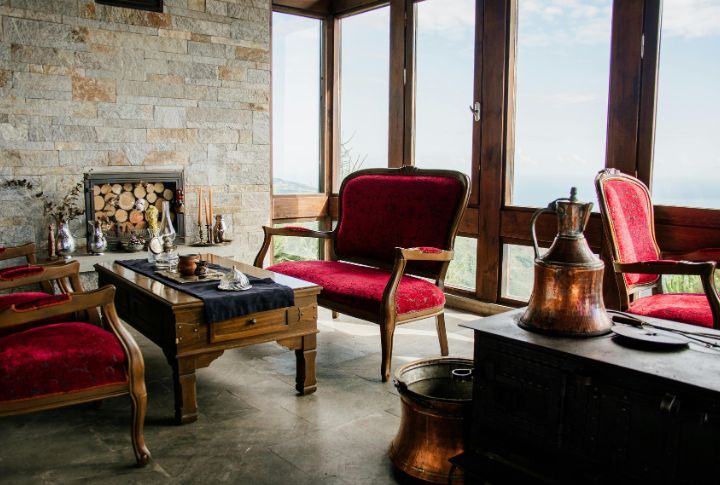
Before you can downsize effectively, you need to have a clear understanding of your current living situation. Take stock of every room and the space it occupies. This isn’t just about how big your home is but about what you’re using versus what’s wasted. For instance, that formal dining room you never use might be the first thing to go. Doing this allows you to identify areas that you won’t need in a smaller space, helping you prioritize what to keep and what to let go of.
Create a List of Non-Negotiable Items
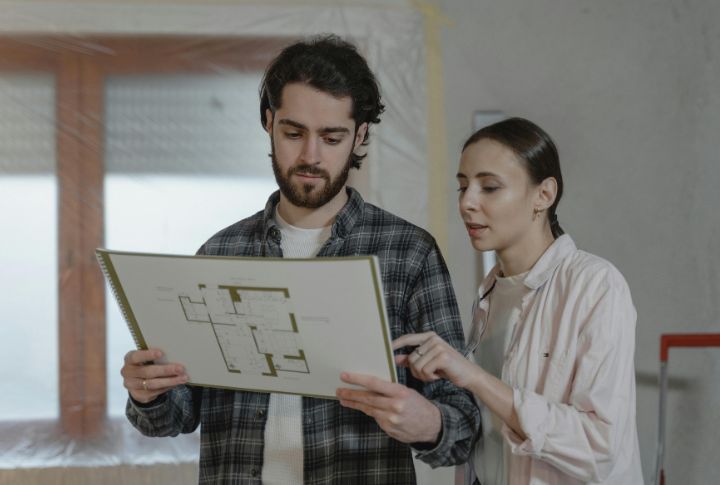
Everyone has those items they simply cannot live without. Whether it’s a family heirloom, an essential piece of furniture, or certain appliances, make a list of things that must come with you. This list will help you when deciding what can be left behind and make the process feel less overwhelming. Keep in mind, though, the more you add to this list, the harder downsizing will be.
Think About Your Future Needs

When planning to downsize, you have to think ahead. If you’re approaching retirement, consider accessibility and maintenance. Stairs might not be ideal, and large lawns could become a hassle to upkeep. Your new home should accommodate your future lifestyle, whether it’s a low-maintenance condo or a cozy, single-level house.
Consider the Storage Situation

One of the most important things to consider when moving to a smaller space is storage. A smaller home will inevitably have less storage space, so think about creative ways to make use of what’s available. Can you install built-ins? Is there room for under-the-bed storage or multi-purpose furniture? If necessary, you might even want to consider renting a storage unit, though this should be a last resort.
Start Decluttering Early
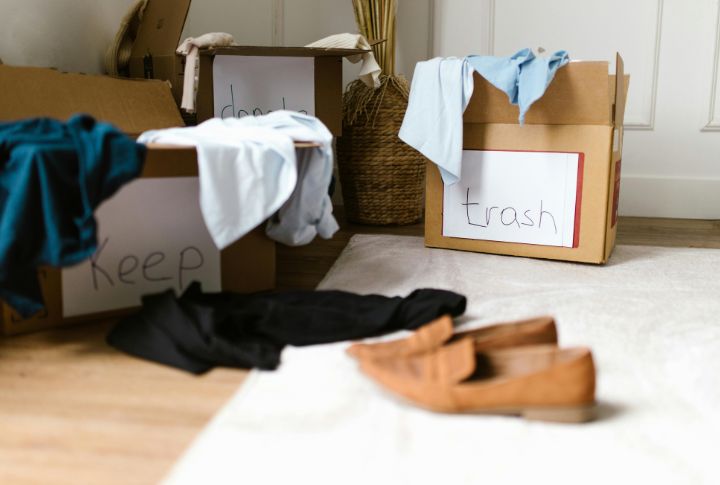
Don’t wait until moving day to start purging items you no longer need. Downsizing requires significant decluttering, and the earlier you start, the easier it will be. Begin with things you haven’t used in the past year or two. If you’re really committed to minimizing, think about adopting a one-in, one-out rule for your possessions: for every new thing you bring into your new home, get rid of something else.
Get Rid of Duplicate Items

It’s common to accumulate duplicates of everyday items—whether it’s sets of dishes, extra linens, or even electronics. When you’re downsizing, duplicates can take up precious space that could be better used elsewhere. Assess each item carefully and only keep what you really need. Extra kitchen gadgets and rarely used tools might be better donated or sold.
Measure Your Furniture
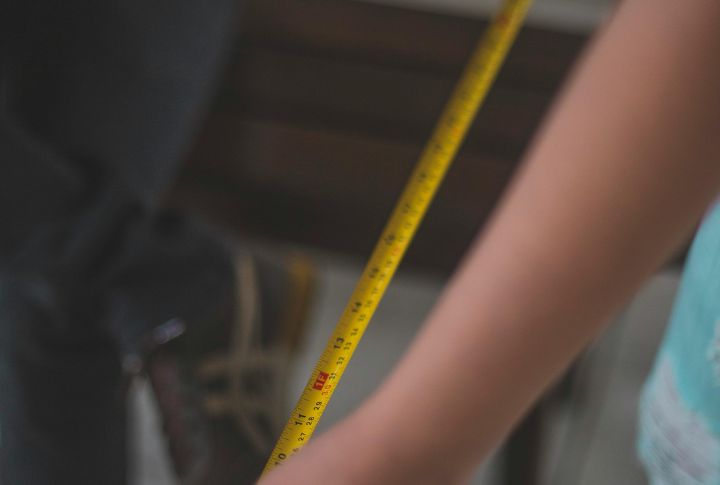
One of the most practical steps in downsizing is measuring your current furniture to see what will fit in your new space. Large furniture pieces that were ideal in your current home may overwhelm a smaller one. After taking measurements, visualize how each piece will fit. If it’s too tight or unfeasible, it’s better to sell or donate that oversized sectional before you move.
Digitize Documents and Photos
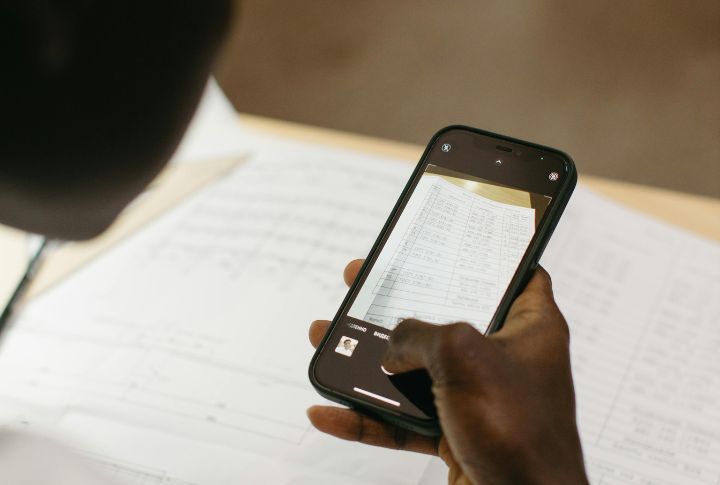
Paperwork can take up a lot of room, but in this digital age, most of it doesn’t need to. Consider scanning and digitizing important documents, photos, and even keepsakes. This not only saves physical space but also makes it easier to access and share your memories. Make sure to back everything up on a cloud or external hard drive for extra security.
Involve Your Family Early

If your downsizing plan includes parting with sentimental items, it’s important to talk with your family early. They may want to keep certain things that you’re considering getting rid of, such as furniture, heirlooms, or artwork. Having these conversations ahead of time ensures that everyone is on the same page.
Organize a Yard Sale
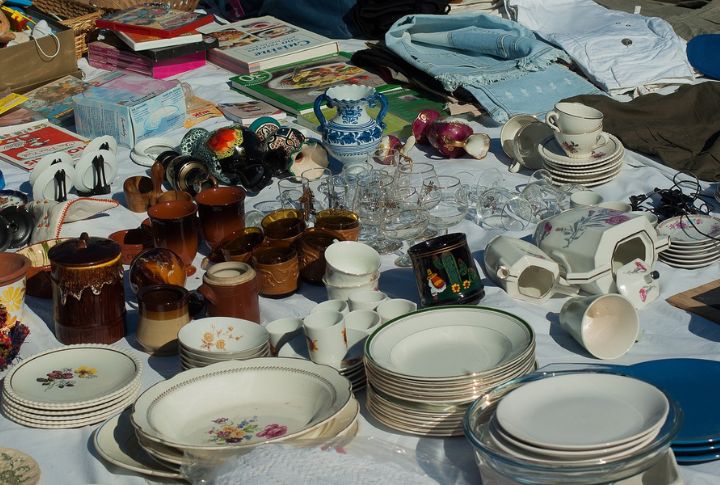
Downsizing often means parting with things that are still in good condition but no longer serve a purpose. Organizing a yard sale can help you clear out unwanted items while earning a bit of extra cash. Whatever doesn’t sell can be donated, making the process of purging much easier.
Prioritize Multi-Functional Furniture

Smaller spaces often require smarter solutions. When downsizing, prioritize furniture that serves more than one purpose. For instance, a sofa bed can be a guest bed when needed, and ottomans with storage can hold extra blankets or toys. This way, you maximize both your comfort and your space.
Be Strategic with Sentimental Items
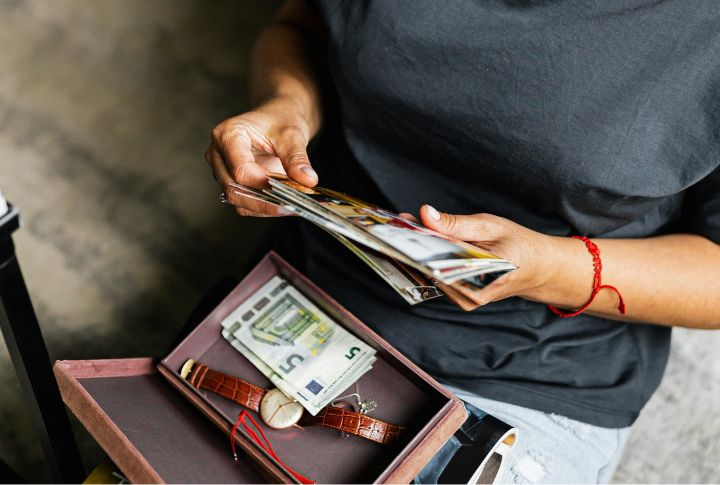
One of the hardest parts of downsizing is dealing with sentimental items. It’s easy to hold onto things just because they have emotional value, but doing so can make downsizing more difficult. Consider picking a few cherished items to keep and finding creative ways to store or display them. For example, you might choose to keep a few sentimental pieces of clothing or accessories and donate the rest.
Check the Local Market for Smaller Homes

Downsizing isn’t just about clearing out your belongings—it’s about finding a new home that fits your needs. Take the time to research local housing markets to understand what smaller homes are available, their price ranges, and what you can get within your budget. Don’t rush into this decision, as it’s important to choose a home that will make your downsized lifestyle feel rewarding.
Consider Professional Help

If the thought of organizing and downsizing is overwhelming, it might be worth investing in professional help. Hiring a moving service or a professional organizer can make the process simpler so you can focus on what matters most. They can provide an objective perspective on what to keep, donate, or sell, making the entire experience more manageable.
Plan for Your Storage Needs
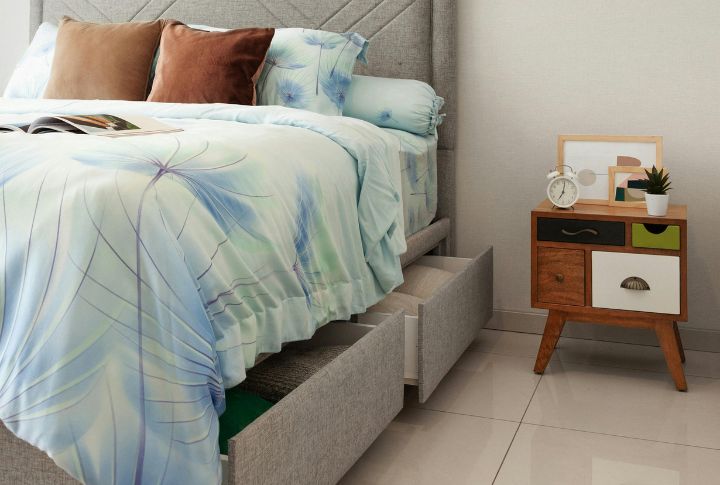
One final but crucial step is planning for how to store the belongings you keep. It’s not just about closet space; you’ll want to think creatively about how you can make your smaller space feel organized and uncluttered. This may mean investing in smart storage solutions like under-bed drawers, vertical shelving, or multi-functional furniture.

